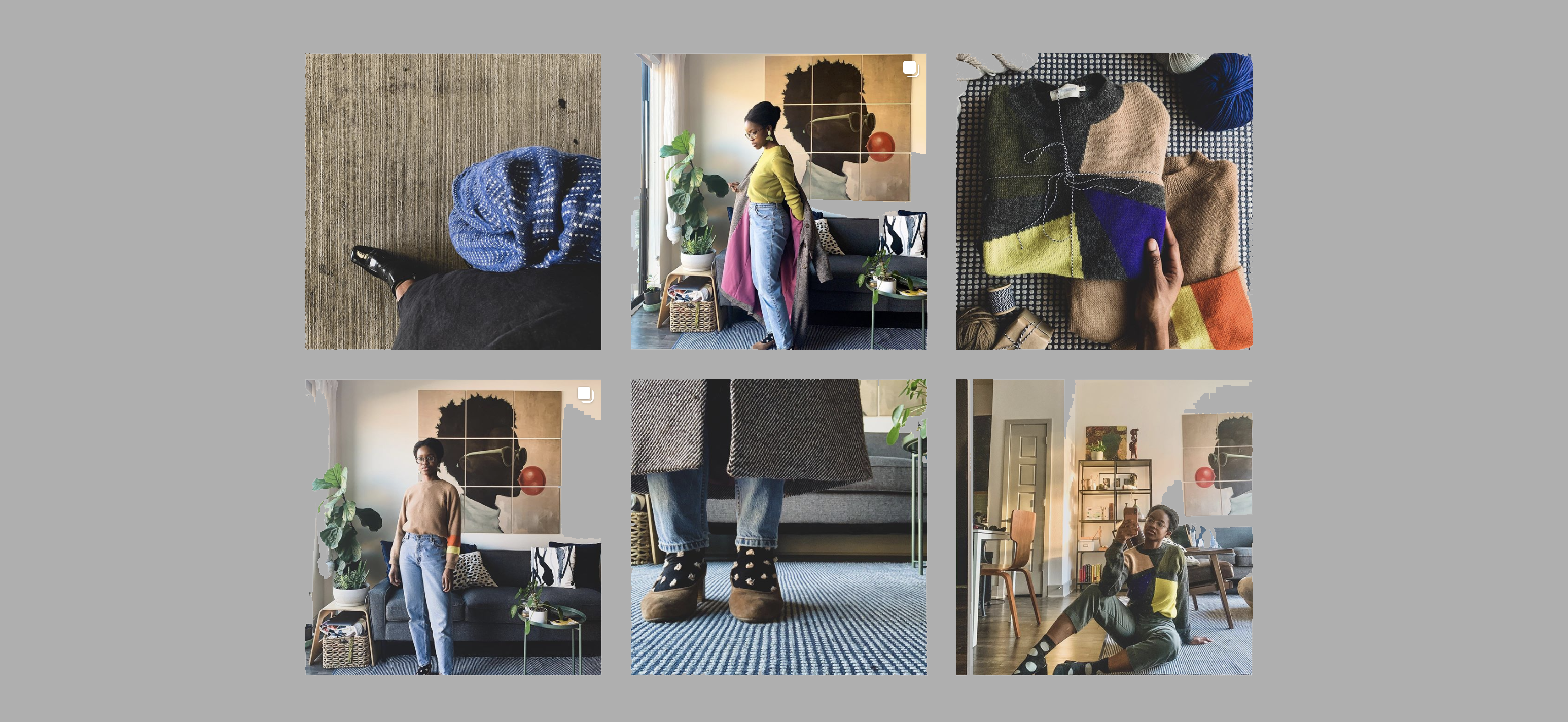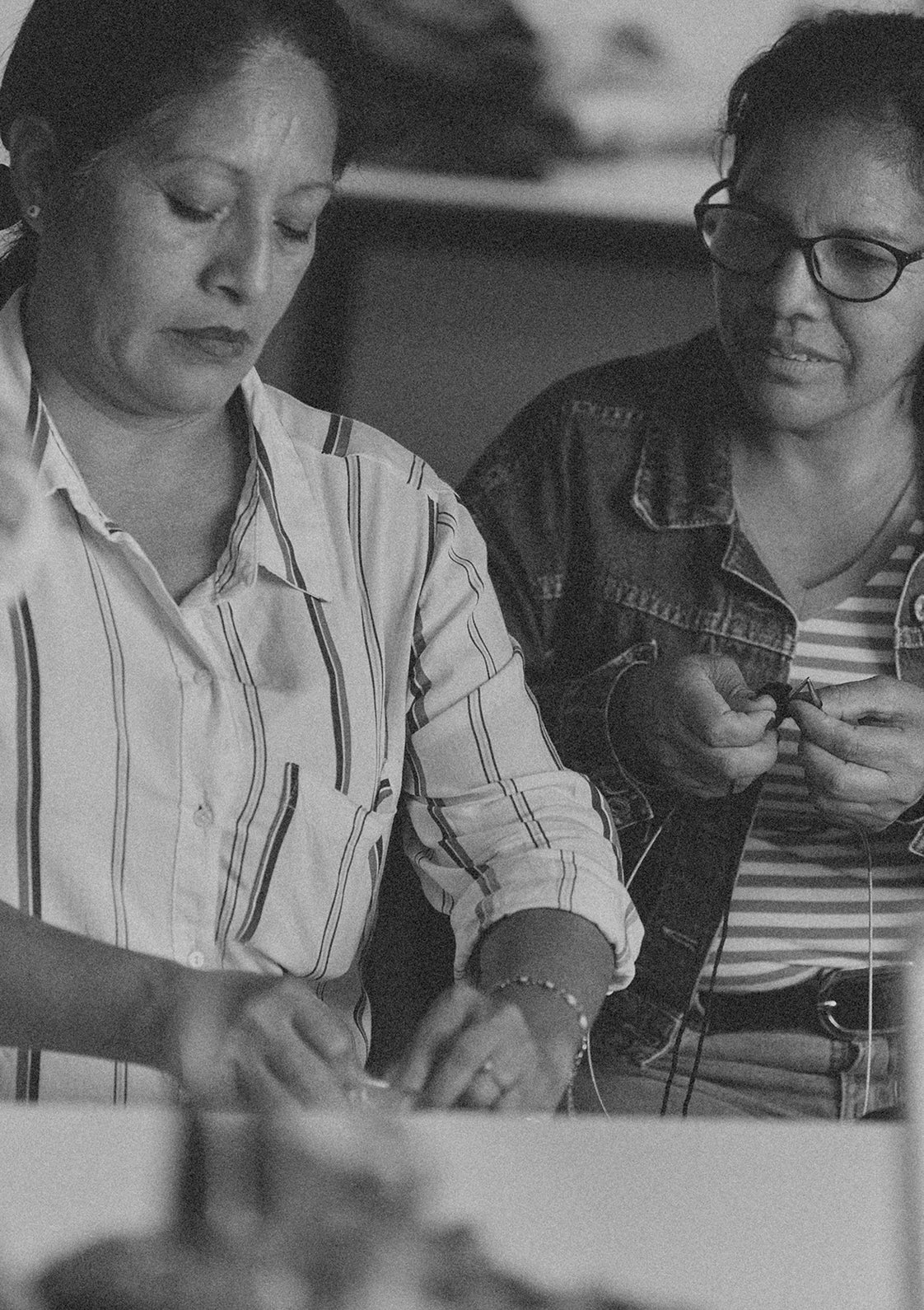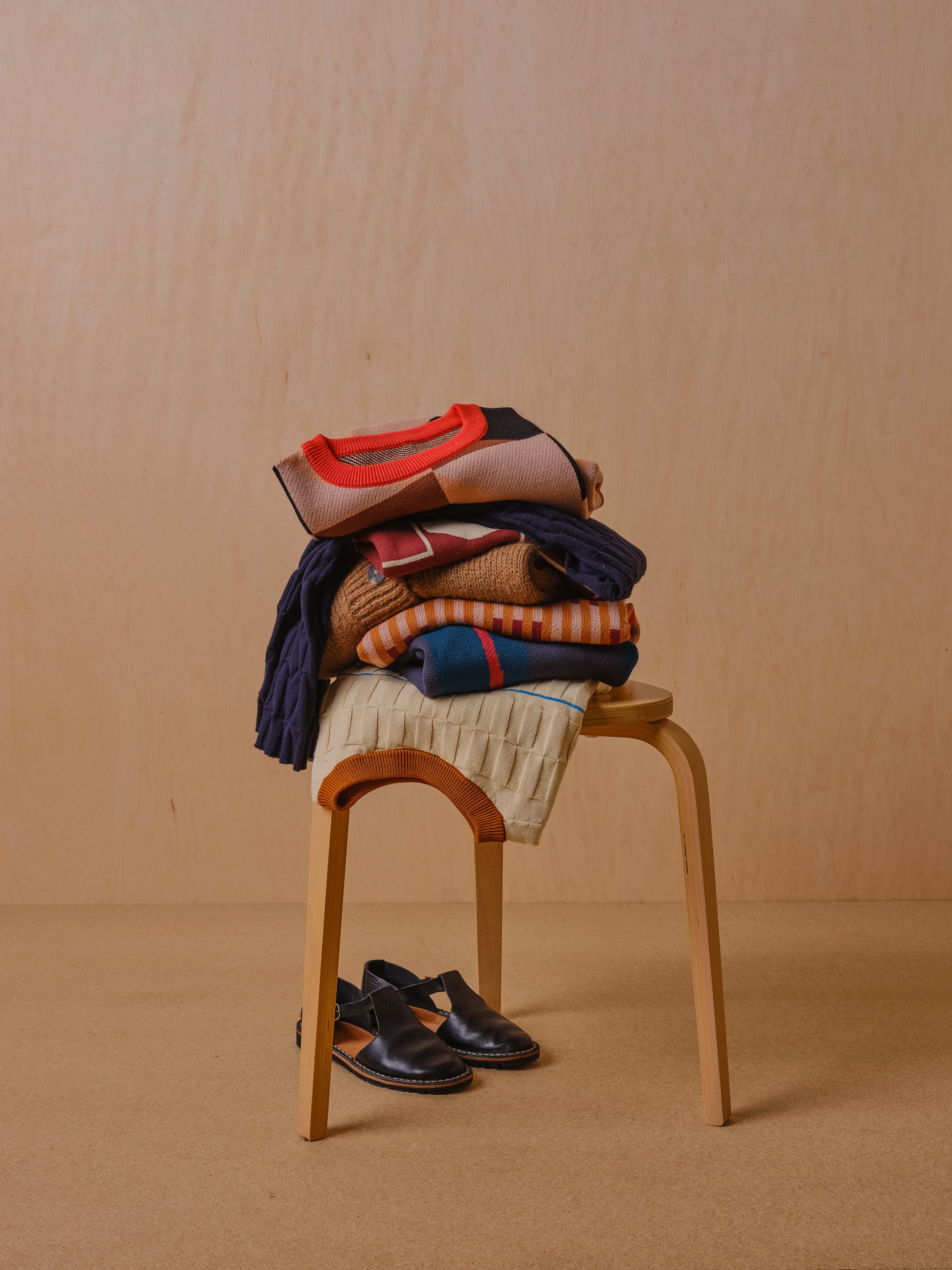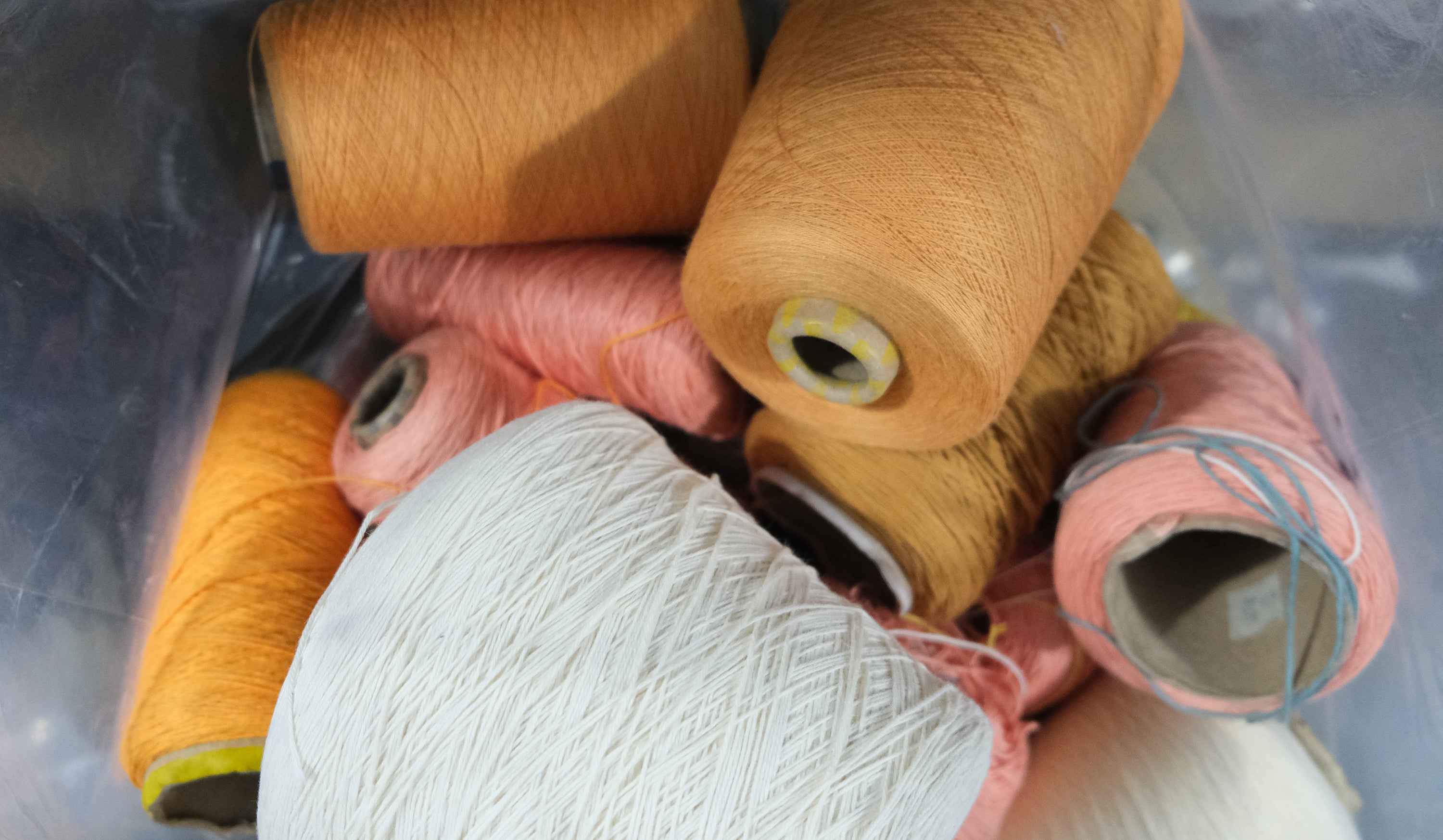Sustainability is now a buzzword and as a lot of us know, there’s a lot of greenwashing going on - a.k.a. using the sustainable or eco label to promote a product when in reality there might be a lot of unsustainable things going on in the background. So we wanted to talk to you guys about where deadstock falls here and share a bit about what we know.
How does deadstock happen?
To our knowledge, deadstock - materials leftover after the manufacturing process - can happen for a lot of reasons. At the materials level, most suppliers work with a margin of 5-10% overage or fallout. Then in the manufacturing phase, a certain percentage extra is ordered and/or made to account for testing, startup and any hiccups in quality (like second hand products). There’s also an element of human error - maybe someone in the chain did a miscalculation somewhere. It’s also possible that a supplier overproduces on purpose, knowing that they’ll be able to offload the extra somehow, either selling by the pound to local resellers or even exporting to expensive boutiques.
Do leftovers point to unsustainable practices?
Across the board, there is probably no shortage of practices that could be improved among “sustainable” and “unsustainable” businesses alike. But what if companies with leftovers are tackling other aspects of sustainability? Like designing garments that last (slow fashion), or creating a fully fair trade or GOTS certified supply chain, working with all biodegradable materials or manual processes that celebrate artisans and provide homeworkers with dignified jobs, etc. etc.
There are so many ways to bring some sustainability to the table and (if we’re honest) it’s impossible to do it perfectly. Furthermore, we aren’t here to judge and we don’t want to sit idly by when there’s something we can do about perfectly good deadstock.
What’s the point in using deadstock?
We think there’s a lot of potential here to save resources by getting consumers used to a different way of buying and becoming more flexible and forgiving about the products they buy. For instance, maybe there are some slight differences in color. Maybe pre-orders based on available inventory mean people wait longer for their items. But none of this has to jeopardize quality or the overall integrity of the garment. And if this is something small brands like The Endery can prove, hopefully the big guys will take note and replicate.
In the end, our approach to sustainability - as people and companies - doesn’t have to be stagnant. The world is always changing and we constantly have access to new information, so at The Endery we feel this challenges us to be dynamic and responsive. Deadstock is just one vehicle for a more important mindset shift. And wouldn’t it be amazing if this were just the beginning? The foundation is already being laid for fibers made of ocean plastic and food waste. The possibilities are endless because, seriously, will we ever run out of waste?
Read more

To say we’re obsessed with Abolaji Ogundele - aka @abolajiooo - is an understatement. She has a real eye for color and design, and makes (or buys second hand) pretty much everything she owns. She’s...

Hannah Sartori, the Creative Director of one of our favorite online Australian retail destinations, Rolling Grenades Down Catwalks, talks about life as an entrepreneur, the importance of craft and ...







